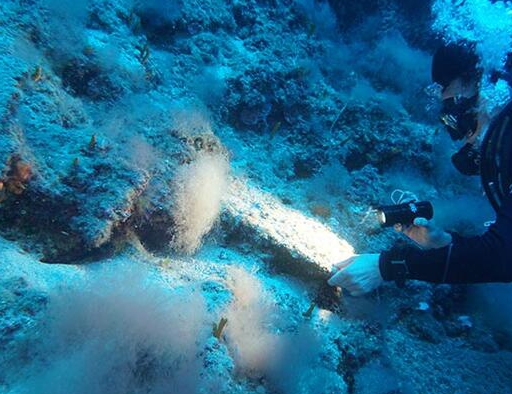Uluburun and Gelidonya Cape
Uluburun Shipwreck, which is called the oldest shipwrecks in the world, BC. It is considered a 14th-century shipwreck. The Gelidonya Wreck is considered to belong to the 12th century BC according to the studies. The excavation of the Gelidonya shipwreck was carried out by Prof. It was started by George Bass. The artifacts extracted from this excavation contributed to the transformation of Bodrum Castle into an underwater museum in 1964. The Gelidonya shipwreck excavation not only brought this museum to the history of shipping but also pioneered the initiation of underwater shipwrecks in the United States.
The Contribution of Uluburun and Gelidonya Cape Shipwrecks to Archeology
When George Bass started his underwater archaeological studies for the first time, in 1972, the American Institute of Nautical Archeology formed the organization called AINA, the American Institute of Shipping Archeology. Another sunken ship, known as the oldest shipwreck, is the Kaş Uluburun Wreck. Studies about this sunken ship were carried out in 1983 by Prof. It was started by George Bass and his team. Later on, Prof. Cemal Pulak was chaired. Shipwreck excavations continued for 11 years. Uluburun shipwreck has written its name in history as one of the greatest discoveries of the 20th century.
Obtaining Information About the Period from Shipwrecks
Gelidonya wreck; It is located at a depth of 26 - 27 meters, approximately 50 meters off the Devecitaşı Island at the tip of Gelidonya Cape in the Fenike district of Antalya. It is the world's first systematic submerged excavation area method and method. The first studies were conducted in 1960 under the leadership of the University of Pennsylvania Museum. When the loads in the Gelidonya shipwreck cargo are examined, the shipwreck was discovered in BC. It has been dated to the end of the 13th century and even to the 14th century. Most of its cargo consists of copper and tin ingots. From here it is understood that the ship is a merchant ship.
The most important feature of a sunken ship is the mines like scrap. These mines both reflect the situation during the shipwreck period and shed light on the use of the scrap mine today. Remains found on the sunken ship gave information that the wreck was a Near Eastern ship. It is assumed that he set off from a port on the Syrian-Palestinian coast with the help of a Syrian merchant-captain. The finds obtained in the wreck prove that the ship is of Near Eastern origin. The shipwrecks of Uluburun and Gelidonya Cape are of great importance maritime history. Many academic articles have been written on this topic.

